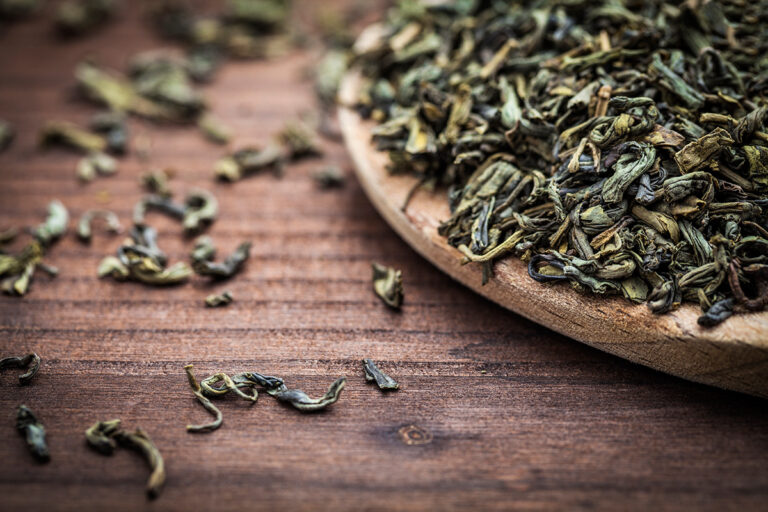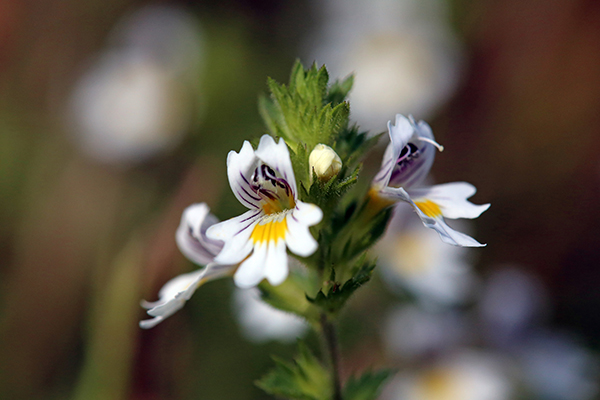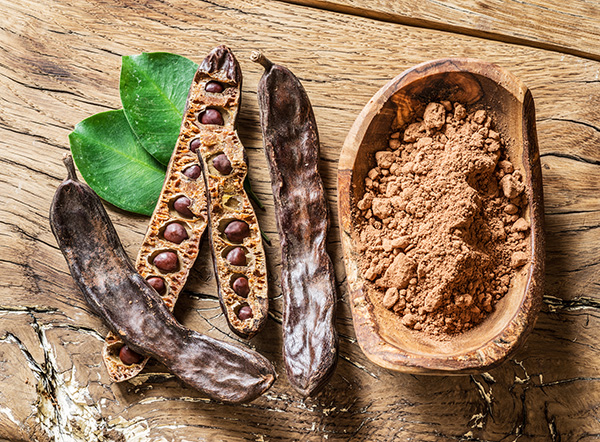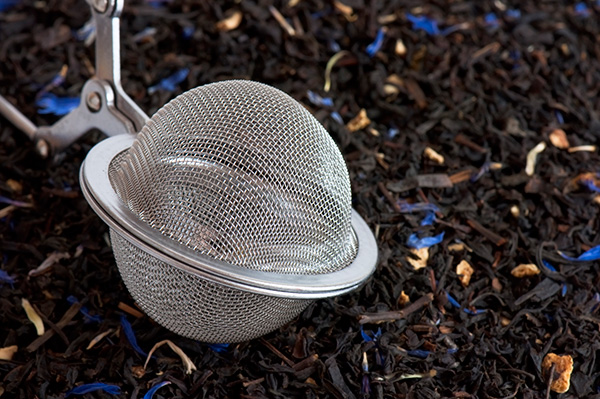Butterfly Pea Tea: Benefits, Side Effects, and How to Make It
Butterfly Pea Tea is a caffeine-free herbal concoction made from the petals of the Clitoria Ternatea plant, also known as the butterfly pea flower. Originating from Southeast Asia, the tea is celebrated for its stunning blue color which can change to a purple shade when acid, like lemon juice, is added. Apart from its visual appeal, it carries a multitude of health benefits.
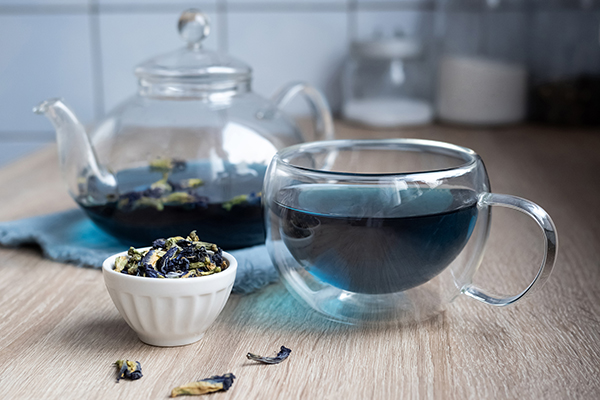
Potential Health Benefits of Butterfly Pea Tea
Butterfly Pea Tea is not just visually appealing but also has many potential health benefits.
Rich in Antioxidants
Butterfly Pea Tea is known for its high antioxidant content. These antioxidants help protect your cells against damage from harmful free radicals, which can lead to chronic diseases and premature aging.
Boosts Brain Health
Butterfly Pea Tea has been associated with enhancing cognitive function. It’s said to stimulate brain function and improve memory and focus.
Stress and Anxiety Relief
Traditional uses of Butterfly Pea Tea include its use as a calming agent. The tea is believed to have adaptogenic properties, which help the body to resist stressors, providing a soothing effect.
Anti-inflammatory and Pain-Relieving Properties
Butterfly Pea Tea may have anti-inflammatory and analgesic effects, helping alleviate pain and inflammation.
Butterfly Pea Tea Side Effects
Even the most beneficial brews can have a downside. Here are some potential side effects of Butterfly Pea Tea.
Possible Allergic Reactions
As with any plant product, there is a risk of an allergic reaction. Symptoms can include itching, swelling, or difficulty breathing. If you experience these, seek medical attention immediately.
Potential Effects on Blood Sugar
There is some evidence that Butterfly Pea Tea could affect blood sugar levels, so those with diabetes or issues with blood sugar should consume with caution.
Who Should Not Drink Butterfly Pea Tea?
Pregnant and breastfeeding women should avoid Butterfly Pea Tea, as there is not enough scientific information about its effects during these conditions. Additionally, those with plant allergies or individuals with diabetes should consult a healthcare provider before consuming.
How to Make Butterfly Pea Tea
Making Butterfly Pea Tea is a simple process:
- Start by boiling water.
- Place 1-2 teaspoons of dried butterfly pea flowers in a cup.
- Pour the boiling water over the flowers and let it steep for about 5-10 minutes.
- Strain the tea into another cup, discarding the flowers.
- Sweeten with honey or sugar, if desired, and enjoy the unique color-changing spectacle.
Remember to follow the manufacturer’s guidelines stated on the packaging if you use a branded product bought online or at a local store.
Final Thoughts
Butterfly Pea Tea, with its brilliant hues and potential health benefits, is an intriguing addition to the world of herbal teas. While it has some potential side effects, moderate consumption should generally be safe for most people.
FAQ
What Does Butterfly Pea Tea Taste Like?
Butterfly Pea Tea has a mild, earthy flavor, somewhat similar to green tea. It’s often sweetened or mixed with other flavors like lemon, ginger, or mint.
When Should I Drink Butterfly Pea Tea?
There is no specific recommended time to drink Butterfly Pea Tea. However, due to its calming properties, it can make a relaxing evening beverage.
How Often Can You Drink Butterfly Pea Tea?
You can drink Butterfly Pea Tea daily, but as with any herbal tea, moderation is key. It’s also essential to pay attention to your body and any reactions you may have.
How Long Can You Drink Butterfly Pea Tea Safely?
As long as you are not experiencing any adverse effects, it’s safe to consume Butterfly Pea Tea regularly. However, always follow the manufacturer’s guidelines or consult your healthcare provider for personalized advice.

